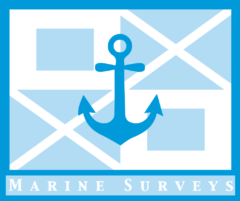Bridge Resource Management (BRM) is a concept in shipping that aims to improve the communication and cooperation among the bridge team members to ensure safe and efficient vessel operations. It involves using all available resources, including equipment and personnel, to identify and manage risks, make sound decisions, and take timely actions. BRM recognizes that the bridge team comprises not only the ship’s officers but also the pilot, if one is aboard, and the VTS operator if applicable. Effective BRM helps ensure that everyone on the bridge is aware of the vessel’s current status, understands the current and future situations, and has a shared mental model of the situation. It emphasizes the importance of communication, leadership, and teamwork, which are essential for safe and effective ship operations.
Management and BRM are related concepts, but they are different in scope and focus. Management refers to the broader process of overseeing and directing a team or organization to achieve its goals, which involves planning, organizing, leading, and controlling resources. On the other hand, BRM is a specific approach to managing the resources available on the bridge of a ship to enhance communication, coordination, and decision-making among the bridge team members. BRM focuses on optimizing the human factor in navigation and safety, whereas management is a broader concept that applies to various industries and activities.

(Author: PixelsAway – https://depositphotos.com/portfolio-1006009.html)
We can describe the six components of Bridge Resource Management (BRM) in shipping.
- Leadership and Teamwork: This component of BRM focuses on effective communication, decision-making, and leadership skills to enhance collaboration and teamwork on the bridge.
- Situational Awareness: This component emphasizes maintaining awareness of the vessel’s position, movement, and other important external factors, such as weather and traffic, to avoid collisions, groundings, or other accidents.
- Communication: This component highlights the importance of clear and effective communication among bridge team members, including the use of standard communication protocols and the effective use of technological tools like radar and radio.
- Resource Management: This component involves the efficient allocation and use of ship resources, such as personnel, equipment, and time, to ensure safe and effective operations.
- Workload Management: This component is concerned with balancing the workload among bridge team members to reduce stress, fatigue, and errors that can affect decision-making and situational awareness.
- This component focuses on making informed and timely decisions based on all available information, considering both the immediate and long-term consequences of each decision.

